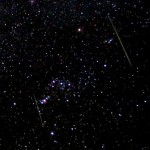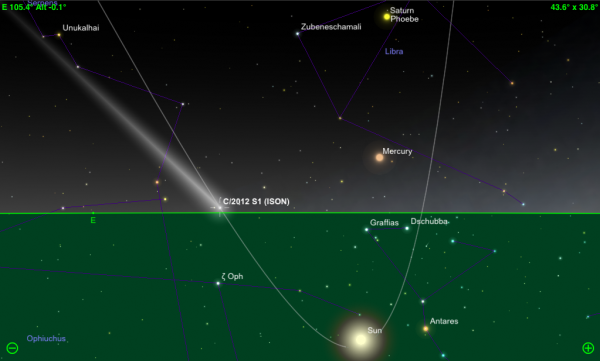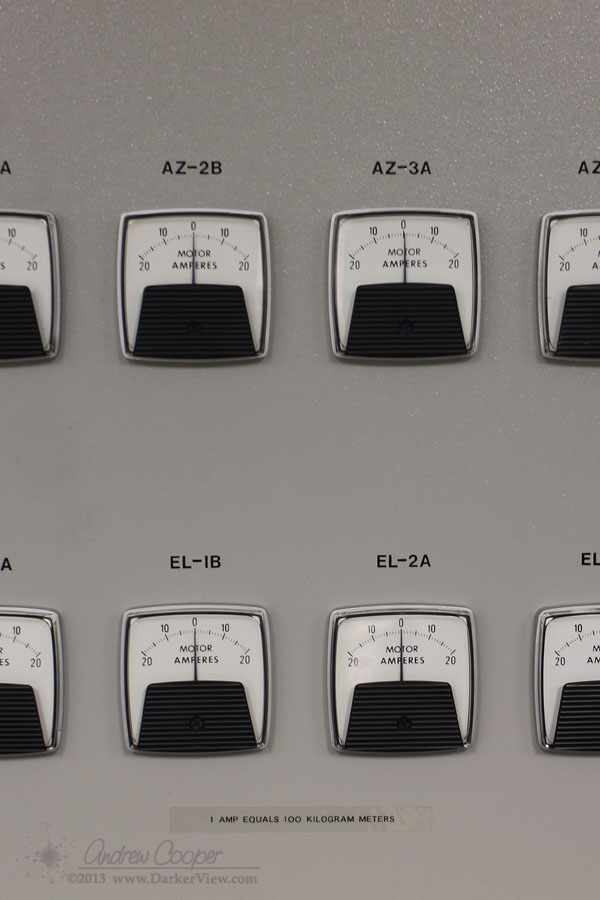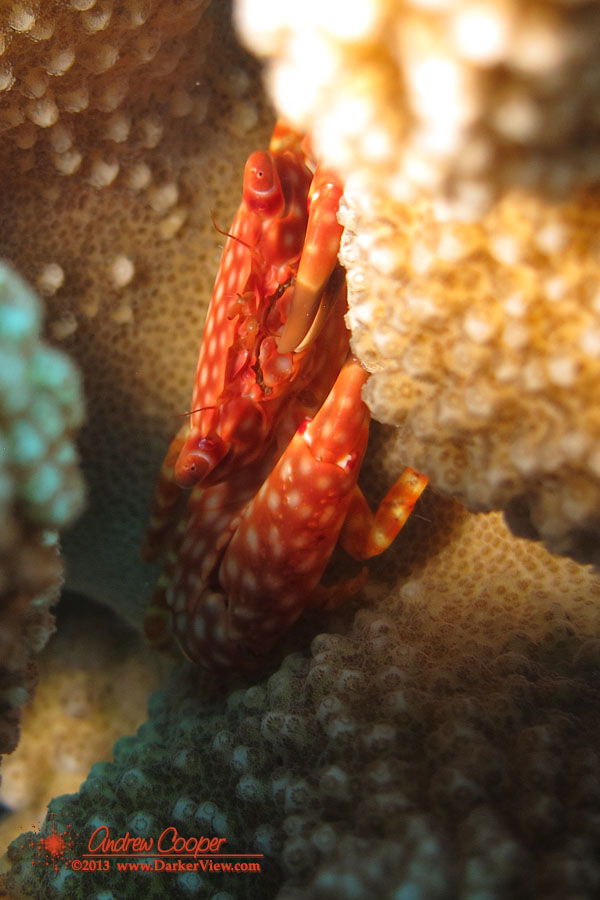
Zero
Geminid Meteor Shower
The annual Geminid meteor shower has become one of the most reliable annual meteor showers. First observed over 150 years ago this is a interesting meteor shower. The parent body for the Geminids is not a comet, but rather the asteroid 3200 Phaethon. It is somewhat of a mystery how this mostly rocky body gives rise to the debris stream needed to generate a meteor shower.

While the 2013 Geminids are expected to just as numerous as usual, viewing will be hampered by a bright Moon in the sky. Full Moon occurs on the 16th, placing peak just a few days before full. This puts a big, bright Moon in the sky for much of the night. Certainly the brighter fireballs will be easily visible, but the dim meteors will be lost to the moonlight. A dedicated observer might make use of the small window of time between moonset at 5:24am and sunrise about 06:50am on the morning of the 14th.
Watching meteors requires no more equipment than your eyes and a dark sky, and can be enjoyable for just about anyone.
Star Party at CFHT
Join us at the Canada-France-Hawaii Telescope headquarters in Waimea for a public star party. We will have telescopes setup in the front lawn for everyone to enjoy and activities inside. View through the telescopes, visit the CFHT remote observing room where the telescope is controlled, fun activities for the keiki, and hot cocoa!

CFHT Star Party
Saturday, December 7th
7:00pm
CFHT Headquarters in Waimea (Across from Waimea Elementary)
Remember that main-street Waimea will be closed at 5:15pm for the parade. Come view the stars while you wait for the parade traffic to clear.
Postcard from the Summit – Current
Guard Crab
Sunrise in the Saddle
ISON Fades
What is left of the comet is rapidly fading.
During the hours after perihelion the comet brightened again, providing hope that some large fragment had survived. Many commentators were speculating that news of the comet’s demise was greatly exaggerated.
Watching further is providing further evidence that no substantial fragments remain, the flareup was brief, ices originating from the debris cloud providing one last burst of activity.
Over the last twenty-four hours even this has faded, what is left of the comet continuing to disperse and fade. It will be interesting to see what remains when the comet is at last far enough from the Sun for large telescopes to examine the debris field.
Will anything be visible to small telescopes? Possibly, but if there is anything it will be quite faint, something barely seen visually, or photographic only. I am certain that the amateur community will attempt observations. Again, it will be very interesting to see what is found.
Postcard from the Reef – Oval Cup Coral
Observing Comet ISON after Perihelion
When will we again see comet C/2012 S1 ISON in the morning sky?
Much depends on how bright the comet has become, thus how far it must be from the Sun’s glare before we can see it well. If the comet has become truly spectacular we may see the tail rising before the comet quite early. If it has disintegrated, we may see nearly nothing.
It is probably on the morning of Dec 3rd that we can start looking for the comet to be above the horizon at dawn. On this morning the comet will be 14° away from the Sun, rising at 05:58 HST as seen from the island of Hawai’i. On the 4th this will be 05:51 and 16°, on the 5th the angular separation will be 19° while rising at 05:43HST.
When planning your comet viewing keep in mind that the comet will rise nearly 25° north along the horizon when compared to where it was rising before perihelion. This is closer to due east, at about azimuth 100°.
Unlike some comets, the comet will not emerge into the evening sky after perihelion. It remains in the morning sky for earthbound observers. It will eventually be visible in the evening sky, but not for some time, a few weeks or more depending on the observer’s latitude. The high inclination of the comet’s orbit will take the comet through the northern constellations, into the circumpolar sky at the end of the year.
What morning will you first see the comet?






